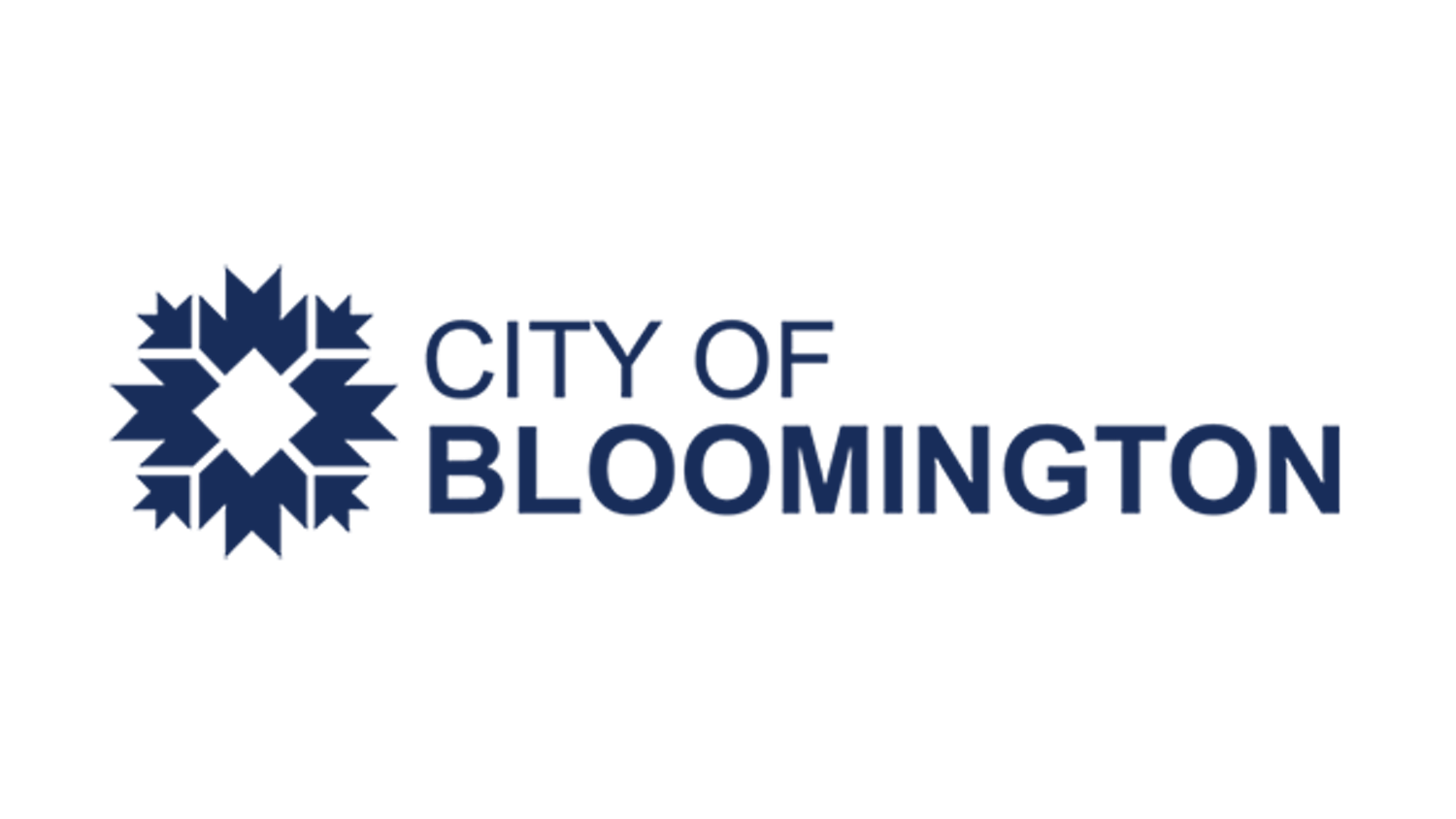LINCOLN, Neb. – With tests, projects and jobs, students are often pressed for time. This can leave little time for things like sleep, television and reading for pleasure. \nIn fact, many Americans don’t read for pleasure, according to a report issued by the National Endowment for the Arts. The group compiled surveys from various agencies and analyzed the results. \nThe 98-page report compared the writing abilities, incomes and cultural and social involvement of proficient, average and below-average readers. The report found that nearly half of college-aged individuals read no books for pleasure. Having a college education no longer translates into being an active reader. One-third of college seniors read nothing for pleasure; that figure doubles for college freshmen.\nTime is a limited commodity for full-time college students, and reading for pleasure is regularly set aside for schoolwork, jobs and friends. Moreover most students choose to spend their free time doing other things. Average readers spend about seven to 10 minutes a day reading for pleasure, compared to watching up to 2 1/2 hours of television. \nEven when time is made for pleasure reading, it is rarely undivided. Fifty-eight percent of readers listen to music, do homework, watch television, play computer or video games or use the Internet while reading. This can result in less comprehension of and engagement with a text, according to study findings. \nChris Gallagher, an associate English professor at the University of Nebraska Lincoln and the coordinator of the department’s composition program, passes some of the blame from students onto educators. \n“Sometimes, at the college level, we don’t offer students enough rich reading material. They’re reading textbooks with a sort of prose we would never want our students to write,” he said. “It is one of our responsibilities; if we want students to write well, we need to show them examples of good writing.” \nThe report’s findings may be a bit misleading as well, Gallagher said.\nFor one, the report defines “literature” as a novels, short stories, plays or poems but excludes newspapers, magazines and Web sites. \n“I think today’s students are really smart and thoughtful people. There are lots of constraints on time availability and they don’t have time to read for pleasure,” Gallagher said.\nGallagher knows the marks of a strong pleasure reader because the person can demonstrate control over items such as grammar and paragraph structure.\n“Students who read for pleasure, on their own initiative, tend to be stronger writers because they learn through their reading,” he said. “They notice how writers do thing with words on paper and absorb it without conscious attention.” \nOn the other hand, he said, students who don’t read for pleasure often struggle to understand pacing and punctuation use. \nCollege requires students to read complex texts that require flexible reading styles, Gallagher said. When students don’t read often, they sometimes lack the knowledge to navigate through literature. \n“This also carries over to their writing experiences; they’re not able to thoughtfully or agilely move readers,” he said. If a student lacks immersion in language as a reader, it can become more difficult to become a successful writer, he said. \nNancy Busch, the associate dean of University of Nebraska-Lincoln libraries, said reading for pleasure is important because of the experiences it offers. \n“It expands my understanding of different people, ideas and ways of looking at things,” Busch said. “It’s relaxing to read when you’re engaged in a good story and the way good writers use language.”
Report shows reading for pleasure has decreased
Get stories like this in your inbox
Subscribe





